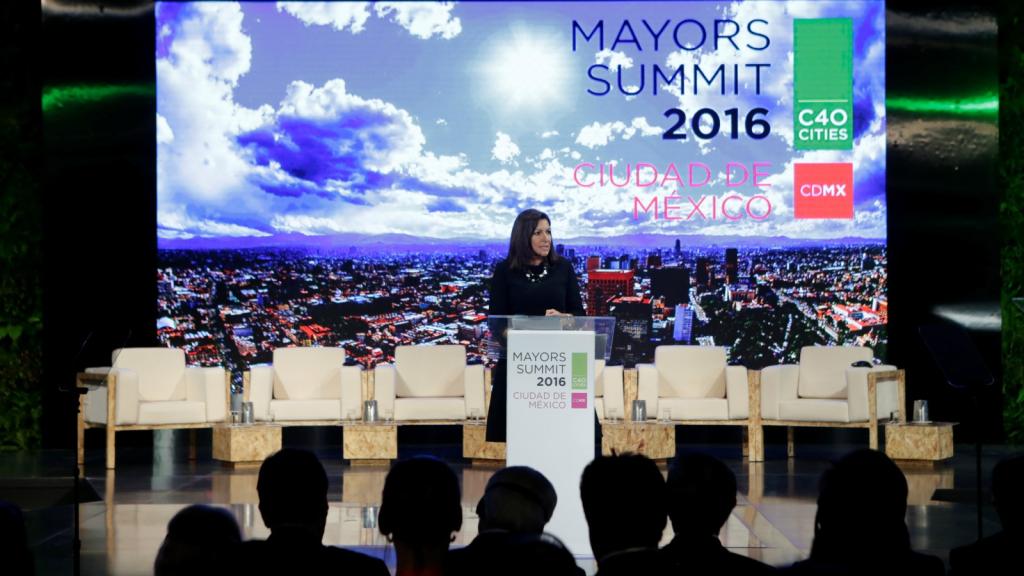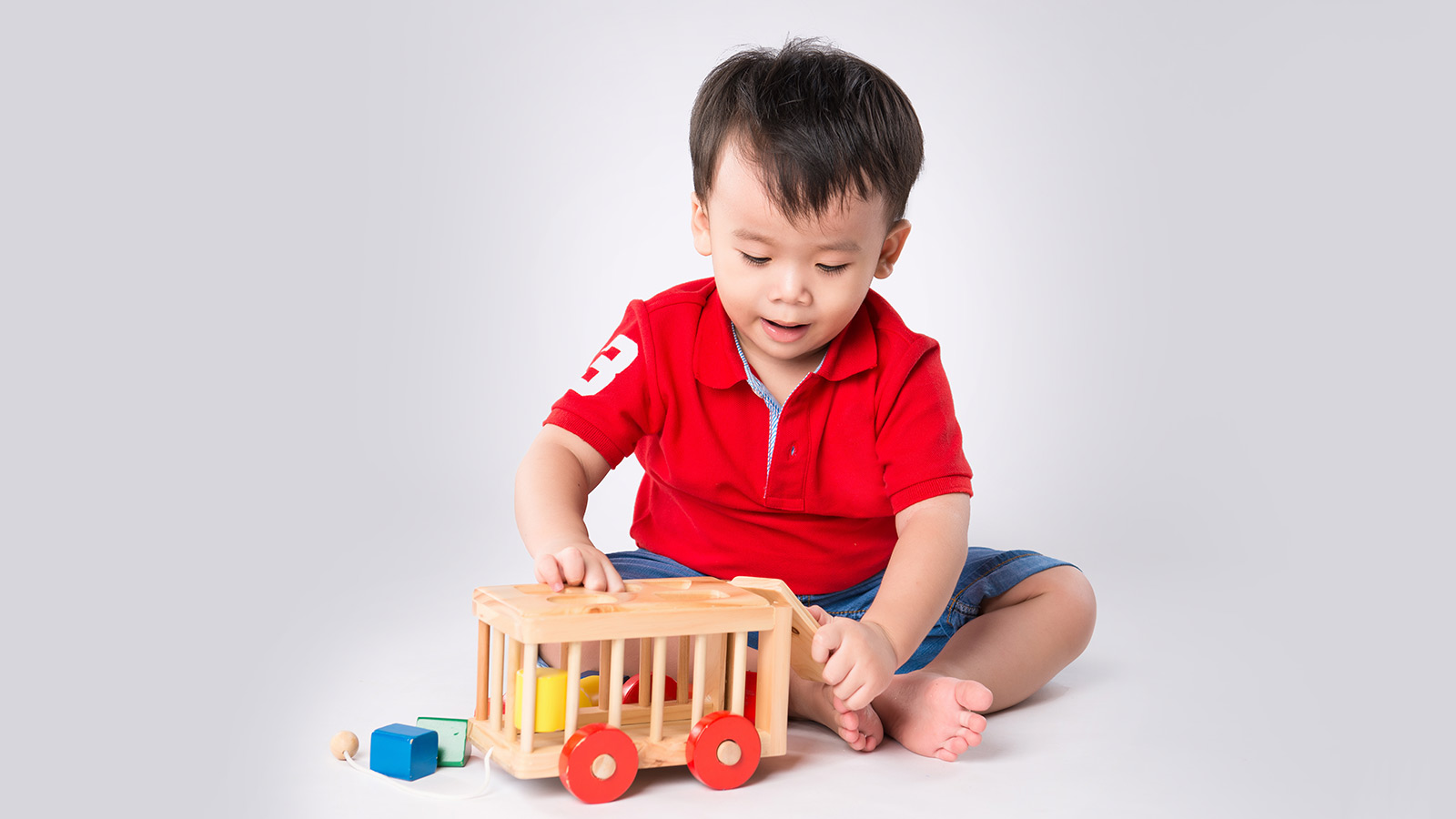Q. Dear Umbra,
Thanks for the information on nontoxic kids’ playmats — very important. What about ball pits? I want to buy a nontoxic ball pit. And what about float/swim toys for babies and children?
Blanca A.
A. Dearest Blanca,
This seems like just the time for a deeper dive into the metaphorical ball pit of children’s toys: After all, this coming weekend is toy-a-palooza for many of the world’s kiddos, and I think we can all agree that it would be better if we didn’t shower these innocent babes with toxic, off-gassing gifts. So while I appreciate your concerns about balls and floaties specifically, why don’t we expand our investigation to include all toys? That should give everyone a little help — and it’s not too late to patch a few urgent updates through to Santa.
When we think about problematic playthings, plastic is usually on the top of the list. It carries the lion’s share of chemical concerns, and besides, it’s made from petroleum and can be difficult to recycle. So, in a perfect world, a plastic-free playroom would be the way to go.
What’s that sound I hear? The collective snorts and “Yeah, right”s of a nation’s worth of parents? I get it — kids love their bouncing, beeping, action-packed plastic toys. Well-meaning relatives and friends love buying them plastic toys. Completely avoiding plastic would be a herculean task. So instead of an outright ban, let’s parse out which plastics are truly worrisome, and which are generally OK. And for good measure, let’s also throw in a few healthy-toy tips. Follow these guidelines and your offspring will be in good shape.
1. No PVC.
I’ve said it before and I’ll say it again: No vinyl, and that’s final. Polyvinyl chloride, or PVC, contains phthalates, endocrine-disrupting chemicals linked to developmental disorders, which can leach out of the plastic. Even worse, toxins like lead, cadmium, mercury, and arsenic can be used as PVC stabilizers. All this is extra-important to keep in mind when you’re seeking out toys for little ones, as they are wont to gum, chew, or suck on them. Oh, and PVC manufacturing creates highly dangerous pollutants. Nay, I say!
How to avoid it: Don’t buy anything made from #3 plastic or labeled “vinyl.” And be very cautious about soft plastics, as they likely contain phthalates. Some toys are marketed as PVC- or phthalate-free, making shopping a bit easier.
Unfortunately, Blanca, most kids’ float and swim toys are made of PVC. You can find some alternatives made from a material called EVA foam, but that has its own set of issues. Polyethylene foam is probably the best choice. Oh, and those ball-pit balls? Polyethylene to the rescue again.
2. Stay away from polycarbonate plastic.
This falls under the vague #7 plastic category, and you might have heard of it in the context of BPA (another endocrine disruptor) and related, non-BPA-but-still-scary hard plastics phased in when BPA fell out of favor a few years back. You might have already banished polycarbonate plastic from your sippy cups — now banish it from the playroom as well. Unfortunately, even something labeled BPA-free might not be entirely copacetic, given recent research finding that these products sometimes still contain estrogenic chemicals.
3. Skip polyurethane foam.
Any lovable toy stuffed with PU foam also very likely contains dangerous flame-retardant chemicals, too. Better choice: stuffing made from alternatives like down, cotton, wool, or polyester.
4. When in doubt, check it out.
When faced with a plastic bauble of uncertain origin, you’ll have to do a little digging to be sure about its safety. One resource is the HealthyStuff.org database; the Ecology Center has tested a slew of name-brand toys for heavy metals and other chemicals and compiled its findings here. You can also call a company’s customer info line to ask pointed questions about what’s behind that doll’s innocent smile. Plastics #1, 2, 4, and 5 are considered safer options.
5. Focus on non-plastic gifts (you knew this was coming).
Plastics may be popular, but I’ve seen plenty of children having a ball with safer materials, too. So give yourself a break from all the plastic sleuthing and check out toys made from wood, bamboo, hemp, or cotton. Just avoid any wood with old paint (which could contain lead) or potentially harsh finishes; better to look for finishes made from natural oils or beeswax. And organic cotton is always a good bet, as it comes free of the burden of chemical fertilizers. And finally, books! They make excellent gifts, unlock a child’s imagination, and will remain beloved companions long after this season’s mutant robot action figure is gathering dust.
6. Buy less stuff.
This doesn’t mean I want you to go all Scrooge — but how much crap do you and your kiddos really need lying around the house? Think about giving the gift of experiences instead: a dance class, a trip to the zoo, membership to a children’s museum, swimming lessons, the promise of a camping trip or a special bike ride. One of Grist’s own did this a few years back; read all about how it went for him.
Here’s hoping these tips will restore a bit of peace to the season of peace, and good luck with the last-minute shopping!
Merrily,
Umbra



